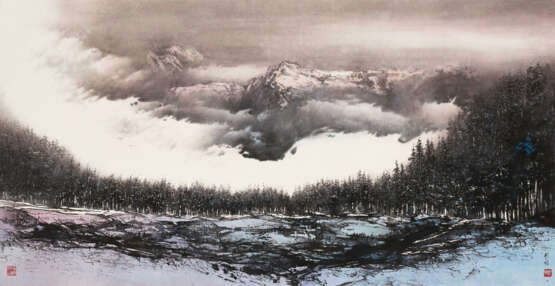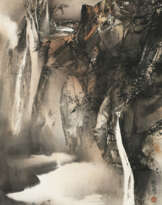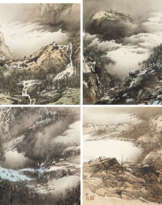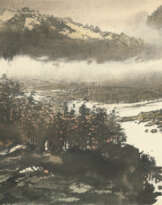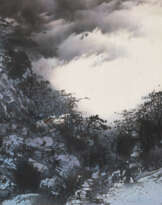ID 770307
Lot 1079 | KOO MEI (GU MEI, B. 1929)
Valeur estimée
HKD 50 000 – 80 000
| Artiste: | Koo Mei (Gu Mei, 1929) |
|---|
| Artiste: | Koo Mei (Gu Mei, 1929) |
|---|
| Adresse de l'enchère |
CHRISTIE'S 18 Chater Road Central Hong Kong Hong Kong | ||||||||||||||
|---|---|---|---|---|---|---|---|---|---|---|---|---|---|---|---|
| Aperçu |
| ||||||||||||||
| Téléphone | +85227601766 | ||||||||||||||
| Fax | +852 2760 1767 | ||||||||||||||
| Conditions d'utilisation | Conditions d'utilisation | ||||||||||||||
| Heures d'ouverture | Heures d'ouverture
|
